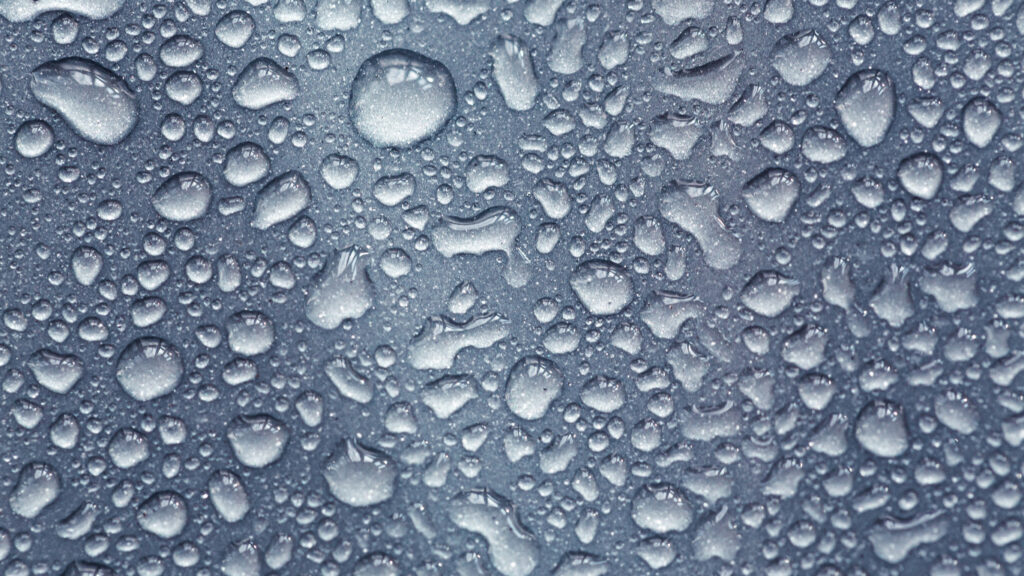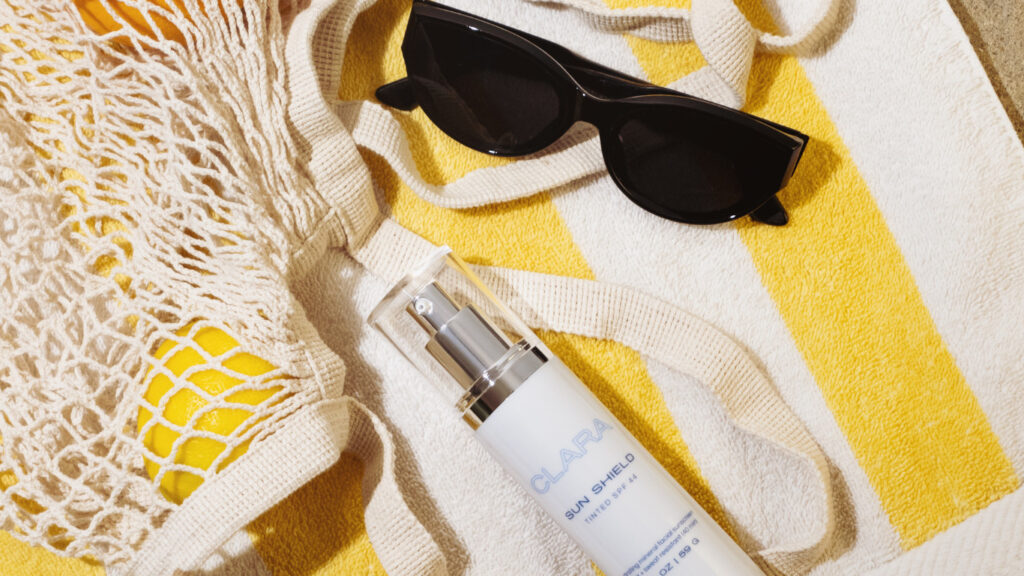
Understanding Acne
Acne is one of the most common reasons people visit the dermatologist. It affects males and females, of all ages, all over the world. It can be distressing, impacting self-esteem and overall well-being. In this blog post, we will delve into the pathogenesis of acne, and explore the potential relationship between diet and acne.
Part 1: What is Acne
Acne is a disorder of the oil glands (sebaceous glands) and occurs where these glands are the largest and most active (face, back, shoulders, and chest). An overproduction of hormones may cause an increase in sebum/oil production that mixes with dead skin cells and create a plug. This blockage occurs within the middle layer of skin, the dermis, so excessive scrubbing of the skin surface, cannot remove it. When oil glands are first blocked, they produce tiny white bumps called whiteheads or closed comedones. When the oil glands open spontaneously, a black color change occurs due to oxidation with exposure to air; these are called blackheads or open comedones. Bacteria, which normally live in small amounts on the skin, increase in number, and the immune system often reacts to this process – creating red, inflamed bumps or cysts.
Acne often begins at puberty, but it may begin after the teenage years and can even start in adults. It is the most common dermatology condition, and over 30% of people require medication to control it.
Acne may flare for no apparent reason. Some things that worsen acne include stress, heat, humidity, hormones, cosmetics, oils, heredity, bacteria, and picking or rubbing at the acne – these vary from person to person.
Part 2: Diet and Acne
One of the most common questions we get is, “Does my diet affect my acne?” Although this is an area of continuing research, we know a few things that you might find helpful. Here’s a breakdown:
-
Sugar
- A recent systematic literature review found diets typically high in refined carbohydrates, sugars, and processed foods can be linked with increased acne activity and severity.
- High doses of sugar or high glycemic-load diets (HGLD-a diet that leads to spikes in blood sugar) may increase levels of insulin-like growth factor 1 (IGF-1) activity, which increases skin cell and oil gland growth and activity and can also stimulate hormone production.
- In one study, acne patients were put on a low glycemic load diet (LGLD) and compared to a control group that ate an HGLD. After 12 weeks, the acne patients on an LGLD showed significant improvement in their acne. Other studies have biopsied the skin of acne patients after an LGLD and found less inflammation and shrunken oil glands.
- More studies are required to determine the effect of HGLD (>70), but due to the potential health benefits, we recommend an LGLD (<55) as part of our treatment regimen.
-
Dairy
- Milk consumption, like HGLDs, has been suggested to play a potential role in the pathogenesis of acne by increasing insulin and IGF-1 levels. In addition, bovine IGF-1, which may also be present in milk, can activate the human IGF-1 pathway and increase hormone activity, possibly promoting acne. There seems to be a greater effect with low-fat and skim milk products.
-
Whey Protein
- A liter of milk contains about 6g of whey protein, whereas bodybuilders may consume 40-80g of whey daily (equivalent to 6-12 liters of milk). Given how commonly whey protein is used as a nutritional supplement, we recommend screening for whey protein in your food and supplements and stopping them if you struggle with acne.
- A report of 5 teenagers who developed moderate to severe acne after starting whey protein supplements, who did not respond to oral or topical medications, stated their acne cleared after they stopped the whey protein supplements.
-
Foods to avoid
- Foods with high-glycemic index include soda, sweetened iced tea, juice, cereal, cookies, cupcakes, candy, white bread, pasta, and crackers.
- The carbohydrates in these foods are digested quickly, which translates to blood sugar spikes.
- Whey protein-heavy foods or supplements
-
Foods to try
- Power carbs are foods that include a dose of fiber and/or protein, along with other nutrients, such as whole/intact grains, beans, and lentils.
-
Anti-inflammatory foods
- Most fruits and vegetables in their natural form are anti-inflammatory. While they’re high in vitamins and minerals, they also contain fiber and many phytonutrients (substances in plants that are being studied for their disease-fighting power)
- If you’re going to drink milk, we recommend organic whole milk and dairy products that haven’t been treated with bovine growth hormone (milk and dairy products may be an acne trigger in some people but may have no effect in others)
-
Supplements that may be helpful
- Zinc/niacinamide, probiotics, Black Cumin Seed, Barberries, Pantothenic Acid – although these are promising, we need more data about the true effect on acne and best way to take them
-
Will these dietary changes help?
- There’s no way to know for sure since every case is different, but while you’re taking your acne medications, it’s definitely worth trying to change your diet simultaneously. Also, keep in mind that it may take 8-12 weeks to see improvement.
- It’s important to note that individual responses to diet vary, and not everyone will experience acne flares due to these dietary factors. Maintaining a balanced diet with plenty of fruits, vegetables, lean proteins, and whole grains is generally recommended for overall skin health.
CLARA uses a few superstar acne ingredients in our line if you’re looking to incorporate some gentle anti-acne ingredients into your skincare routine:
- CLARA Fresh Faced Cleanser
- Salicylic acid unclogs pores and provides a deep clean
- Citrus extracts, including orange peel and papaya enzymes, gently exfoliate the skin leaving skin bright
- Botanical extracts soothe irritation and provide antioxidant protection
- CLARA Clean Sweep Pads penetrate pores to loosen debris
- Powerful combination of AHA (lactic and glycolic acids) and BHA (salicylic acid) to gently exfoliate the skin
- Regulate sebum (oil) production and inhibit bacterial acne growth to reduce inflammation and clean pores
- CLARA Hydraglow Moisturizer
- Ceramides hydrate, replenish and restore skin
- Niacinamide improves the appearance of large pores, uneven tone, and dullness
- Antioxidants and skin-soothing botanicals (Acai, Green Tea, Aloe, Willow Bark) to replenish the skin barrier
You can schedule a CLARA consult to discuss your skin, and let us formulate a personalized plan just for you!
Ready to get started?
Get your customized skin care plan.
Stay in touch
with CLARA.
Be the first to know about new products, treatments, and trends in skincare.
We respect your privacy and your inbox. We’ll never sell your address. Unsubscribe anytime.



